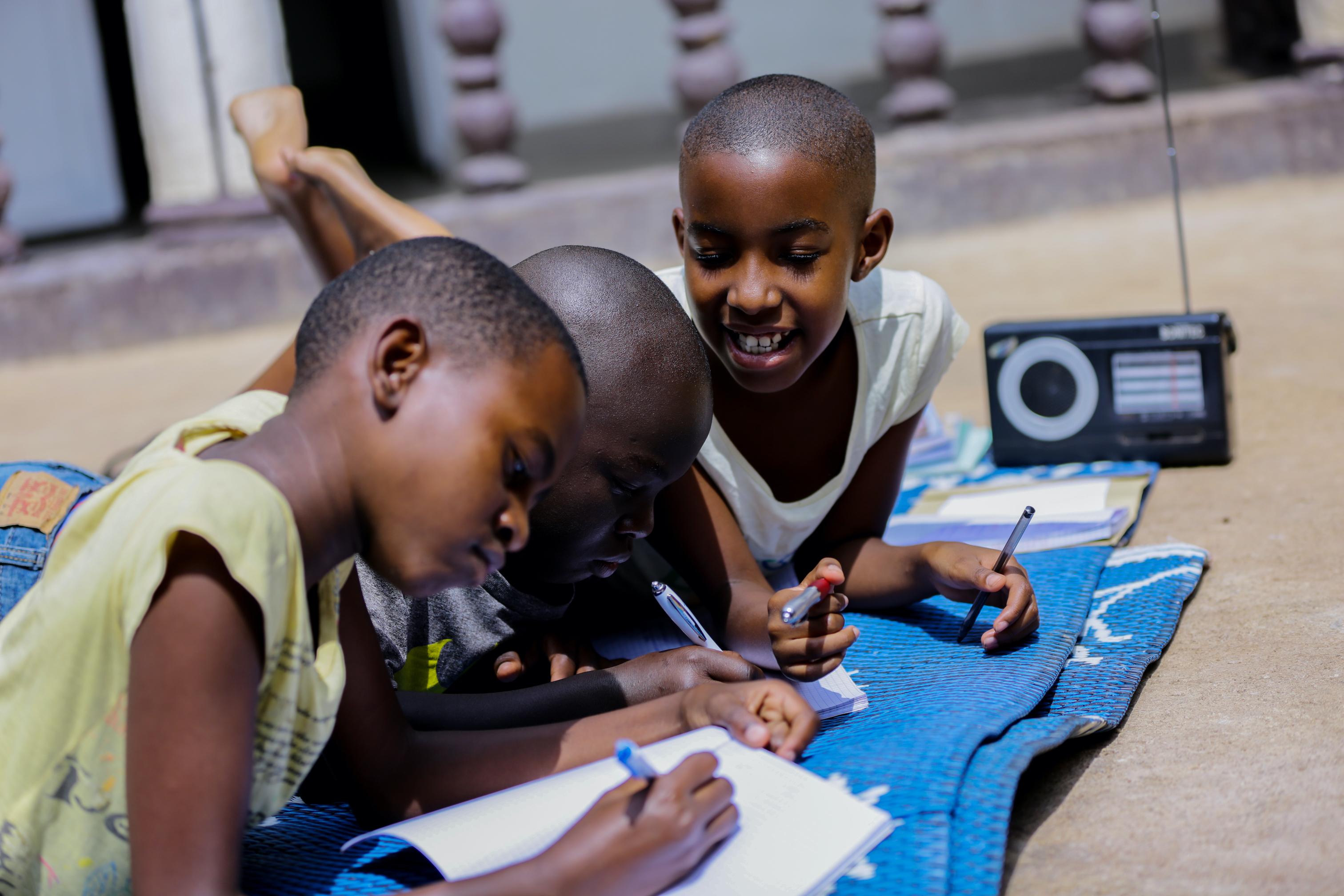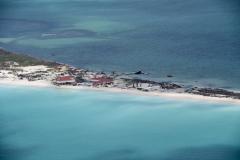- عربي
- 中文
- English
- Français
- Русский
- Español
How Are the Most Vulnerable States Faring After More Than Six Months of Coronavirus?
rwanda_ocha.jpg

The coronavirus pandemic is the greatest global health crisis in the world and, in the words of the United Nations Secretary-General, the greatest challenge civilisation has faced since World War Two.
More than 21 million people have been infected, and more than 760,000 killed around the world.
By their very nature, the three groups of 91 countries that OHRLLS works with – Least Developed Countries (LDCs), Landlocked Developing Countries (LLDCs) and Small Island Developing States (SIDS) - are particularly vulnerable to external shocks given their limited means to respond.
From Afghanistan to Trinidad and Tobago and many others, borders have shut, national emergencies have been declared and restrictions in the movement of people and goods are being enforced.
Global Pandemic
The virus has spread to almost every country in the world, with few exceptions. Perhaps unsurprisingly, the majority of countries with no confirmed cases so far are SIDS. As of August 14, these include Kiribati, Marshall Islands, Micronesia, Nauru, Palau, Samoa, Solomon Islands, Tonga, Tuvalu and Vanuatu.
Many of the characteristics of SIDS that usually present development challenges, especially their remoteness and low population densities, may be the traits that have kept them safe so far through the pandemic.
In a highly globalised and interconnected world, even countries with low or no incidences of COVID-19 are feeling the effects. This pandemic is not just a health crisis, but also an unprecedented socio-economic crisis that has already caused social, economic and political devastation.
The International Monetary Fund has projected a deep global recession with a 4% drop in world GDP – however, for smaller economies the predicted contraction is almost double, of up to 7.8%.
Vulnerable States
Millions of jobs have already been lost. SIDS that depend on tourism – even those with no cases of COVID-19 – have empty hotels and deserted beaches. Those that rely on loved ones to send money home each month face a decline in remittances of US$110 billion this year, according to the World Bank.
This could mean 800 million people, most of them in LDCs, will not be able to meet their basic needs. With food prices rising and international supply chains crippled by the pandemic, the outlook is bleak.
LDCs are dealing with both a health crisis and significant economic slow-down brought about by a collapse in commodity prices. These multi-faceted shocks are interacting in a complex manner and with limited cash reserves to respond, LDCs remain in dangers of being left even further behind.
LLDCs are particularly vulnerable to cross-border restrictions and border closures, given their dependency on transit transport to access international markets. In a pandemic, that means huge difficulties importing desperately-needed equipment such as PPE and medications, but difficulties exporting commodities. LLDCs are facing relatively huge losses of foreign exchange earnings just when they need it most
SIDS – especially in the Caribbean – have been hit hard by the pandemic and many that rely on tourism for large shares of income or remittances are now in lock down.
Action Needed
As advanced economies enact large-scale economic and healthcare interventions, it is critical that the international community not neglect the fundamental responsibility to support those vulnerable members of the global family who have the least capacity to respond.
Supporting these vulnerable country groups requires a three-pronged approach to:
- Provide resources to stop the spread of COVID-19,
- Rapidly build capacity to respond to the healthcare crisis and
- Provision of resources to avoid economic collapse.
Both financial and technical support is necessary to limit the impact on the most vulnerable countries.
Since the start of the pandemic, OHRLLS been supporting the most vulnerable states to ensure these needs are heard at the highest levels. The High Representative, Fekitamoeloa Katoa ‘Utoikamanu, has led a series of dialogues between LDCs, LLDCs and SIDS and key partners on the means to support vulnerable country groups in mitigating the fallout of the pandemic. These virtual meetings have involved development partners, international financial institutions, the United Nations and civil society.
Recognising that the pandemic is affecting the already fragile economies of vulnerable countries, UNOHRLLS has focused on building support from the international community to address this crisis. The Office has also embarked on tracking the extent of support being provided to LDCs, LLDCs and SIDS by building an online dashboard which is expected to launch in September.
The Office continues to advocate for strong international commitments of financial, technical and technological support for LDCs, LLDCS and SIDS. Vulnerable States desperately need help to be able to halt the spready of COVID-19, address its impacts, and build back their societies better in a more resilient and sustainable way.
 For the latest news on COVID-19 click here.
For the latest news on COVID-19 click here.





